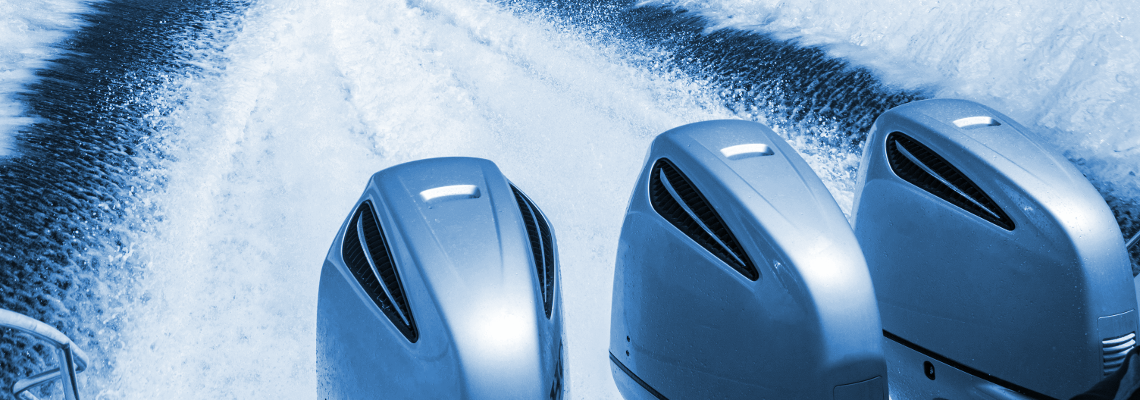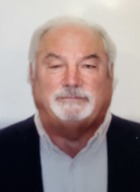Outboard Engine Market Forecast: USD 19 Billion
GLOBAL REPORT
The global outboard engines market size was $10.58B in 2023 and is anticipated to reach $19.13B by 2034, growing at a CAGR of 5.53% from 2024 to 2034, according to Power Systems Research (PSR).

Source: Power Systems Research
Summary. The outboard engines market produces, sells, and distributes outboard motors. These engines are independent propulsion units positioned externally on a boat’s transom instead of being integrated within the hull. These engines, which are used to power a variety of watercraft, such as boats, dinghies, pontoons, and fishing vessels, usually consist of a powerhead, gearbox, and propeller.



 Deutz AG To Sell Torqeedo Shares To Yamaha
Deutz AG To Sell Torqeedo Shares To Yamaha 
